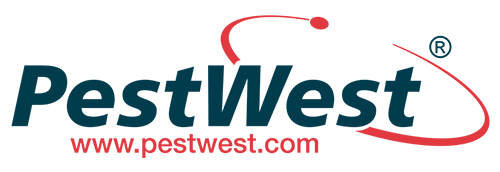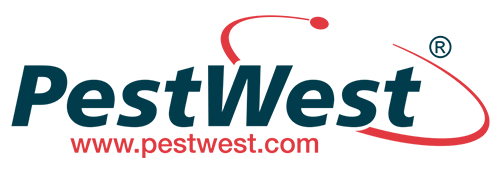By Dr. Stuart Mitchell
The spotted lanternfly (SLF), Lycorma delicatula, (“delicate lamp”), is a visually striking yet disruptive, ~1 inch or 25 mm long, planthopper native to Asia. First detected in Pennsylvania in 2014; this highly invasive species has rapidly colonized much of the eastern United States. SLF feeds upon more than 70 plant species, (notably the invasive tree-of-heaven, Ailanthus altissima and high-value crops like apples and grapes). Feeding weakens plants and produces honeydew which promotes sooty mold, degrades fruit, damages landscapes, and creates sanitation issues on structures and equipment.
SLF’s life cycle is impactful. Egg masses, placed on trees, rocks, structures, outdoor equipment, and vehicles, overwinter and hatch in late spring. SLF nymphs progress through four highly active, jump-prone instars before becoming adults in mid-summer. SLF adults move, mate, and females place eggs through fall. Egg masses are often transported on and in human goods. This form of behavior amplifies human-assisted dispersal.
Research suggests SLF positive phototaxis toward short wavelength light as both nymphs and adults prefer UV light and blue light. SLF is diurnal and guided by visual cues. Adults are attracted to vertical silhouette patterns, such as utility poles or fence posts. At close range, SLFs consistently interact with these “visual magnets.” This behavior can be exploited when designing surveillance tools and trapping device schemes.
SLF responds to vibration cues.
USDA
research shows both nymphs and adults orient toward 60 Hz vibrations (the same frequency carried along North American power lines). This discovery suggests that vibration could play a role in how SLF aggregates on trees and man-made structures. Additionally, opening possibilities for future vibration-based devices to interfere with SLF behavior.
Beyond agricultural damage, SLF infestations can affect people where they live and work. Large aggregations may coat siding, porches, and decks, leaving sticky honeydew and black sooty mold. For sensitive individuals, mold growth may aggravate allergies and/or asthma. Skin irritation may occur after handling SLF or contaminated surfaces.
The nuisance factor is equally disruptive, for example, thousands of SLFs on and in a structure create noise, odor, contamination, and infestation(s) that affect quality of life. SLF presence may cause stress and anxiety. These burdens suggest SLF is not only an agricultural pest but also a public health and community well-being concern.
Biology and behaviorally based control practices:
- Monitoring: Surveillance devices anchored on vertical structures and high-aggregation areas.
- Tree trunk and utility pole interception: Strategically-placed traps exploit SLF’s behavior of climbing upward on host tree trunks and utility poles. Traps that are wildlife-safe minimize non-target species captures.
- Egg mass removal: Scraping, destroying, and proper disposal of egg masses from fall through spring. Significantly on high-risk surfaces such as vehicles, trailers, and outdoor equipment (a key strategy to reduce SLF population expansion).
- Host management: Removing tree-of-heaven growth where feasible.
- Targeted insecticides: Label-directed, carefully timed insecticide application strategies under regulatory guidance.
SLF is not a strong flier, more of a winged-jumper, and it is an ecological opportunist. Through human-assisted dispersal, SLF hitchhikes on and in materials and transport. Additionally, SLF shows daylight phototaxis, relies upon contrast-rich vertical cues for orientation, and responds to background vibrations. SLF’s impact extends beyond crops into communities, where populations impose stress on structural inhabitants. Best practice control strategies align with behavioral traits (surveillance, intercepting movement on tree trunks and utility poles, eliminating egg masses, managing hosts, and targeted, label-use treatments). As research into vibroacoustic methods continues, future sensory-based devices may allow using SLF’s own senses against it. In short, ecology in action-the key to managing this invasive pest.





